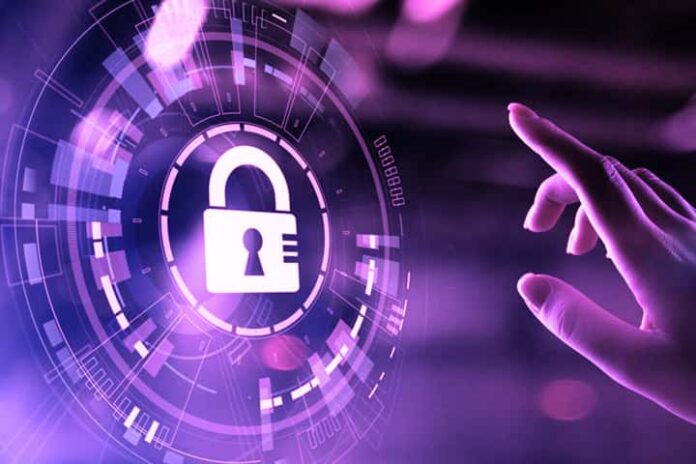Cybersecurity is of utmost importance. Any business, any organization can be targeted.
The global cost of cybercrime is expected to reach the US $ 2 trillion by 2019, and IBM CEO Ginni Rometty believes it is the biggest risk facing businesses around the world today. And yet, despite several international awareness campaigns, a large number of organizations are still not taking the necessary steps to respond to this growing threat.
Where Do Cybersecurity Threats Come From?
It is usually the external and massive attacks that make the news. But a lot of everyday risks come from your very business. It could be leaking from your employees who, intentionally or unintentionally, reveal passwords or sensitive information, or an operation initiated by malicious internal actors: employees or associates who seek to use the information at their disposal in order to exploit or damage the company’s networks.
External attackers are, of course, a growing threat: they are constantly looking for security holes in order to gain access to your systems or to break into your online presence from the outside. Any judicious and robust approach must recognize and respond to internal and external threats.
Any business is at risk. These days, the diverse connections between companies represent many avenues for hackers, who often attack small businesses in order to gain access to their larger partners, customers or suppliers. Large companies therefore often ask their suppliers and partners, regardless of their size, to put cybersecurity measures in place.
Also Read: Big Data Marketing Strategy: What It Is, Uses And Challenges
Different Types Of Cybersecurity Threats
The nature of these threats is constantly changing. Here are the most common:
Distributed Denial of Service (DDoS) attacks: A network of computers floods your website or software with unnecessary information, which causes a crash rendering the system inoperable. These can be avoided with anti-virus software, filters or firewalls.
Bots and viruses: Malware that runs automatically (bots), or that is installed by an employee who thinks they are dealing with a healthy file (Trojan horse), in order to control computer systems or steal data. Up-to-date software and SSL certificates, strong virus protection, and employee awareness can help you avoid these types of threats.
Piracy: When external actors exploit security holes in order to control your IT systems and steal information. Regular updating of passwords and security systems is fundamental to thwarting this type of conspiracy.
Phishing or embezzlement: Attempting to obtain sensitive information by fraudulently posing as a trustworthy entity. Phishing is done by email, while hijacking uses fictitious sites or servers. Employee awareness is essential so as not to fall into this trap.
Challenges We Face From Cybersecurity
Data breaches alone result in the loss or theft of over 4.4 million blocks of data per day worldwide.
Take, for example, the data breach in 2015 at UK telecommunications operator TalkTalk. Web pages containing databases that were no longer supported by their producer became accessible to hackers, who were able to steal the personal data of 156,959 customers. The result: a lot of negative publicity, serious damage to the company’s reputation, and a record fine of 400,000 pounds imposed by the British authorities. With significant changes to SSL protocols (which encrypt many web pages) planned for 2017, the risks affect even more businesses.
One of the biggest DDoS attacks in history came in 2016 when US network provider Dyn was targeted. The attackers had taken advantage of the Internet of Things (devices connected to the Internet, such as cameras and refrigerators) to carry out this attack, which rendered several large websites inoperative. This type of risk increases as the Internet of Things grows.
Cyber threats can also directly affect a company’s finances and products. When Sony Pictures was attacked by piracy in 2014, the leaks could have undermined the value of their products and ended up costing them around $ 300 million. In 2016,
the Bangladesh Central Bank lost $ 80 million when hackers took control of their systems, stole passwords, and transferred funds to fraudulent foreign accounts.
Also Read: Reduce Risks And Optimize Costs With The Transformation To Azure
What Should My Business Do?
For your cybersecurity measures to be effective, they don’t need to be complicated or expensive. Just approach the problem as if it were the physical protection of your home or workplace: vigilance and security are key, and make sure everyone on your team knows what it is. do’s and don’ts.
Be careful: An anti-virus tool with many features (like AVG Business Security with AVAST mobile protection) should be installed on all devices owned by the company and your employees and managed centrally. This will protect you day and night against external threats such as ransomware, phishing or hijacking attempts, and bot or virus attacks.
Secure everything: According to security experts at Trustify, 88% of major security breaches in 2015 and 2016 occurred because of poor encryption. It’s like leaving your door ajar, or like leaving confidential files open on your desk. Encryption solutions such as Entrust SSL encryption protect your confidential information and deter hackers.
Train your staff: Use control documents and organize cybersecurity training to educate your team, and implement more in-depth solutions by hiring information systems and data security manager on request. This will bring your business into compliance with new regulations such as the European Personnel Data Regulation (GDPR) and the Payment Card Industry Security Standard (PCI DSS).


